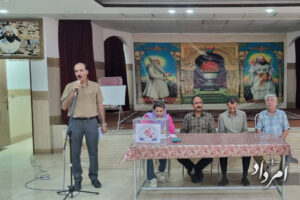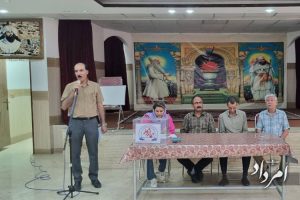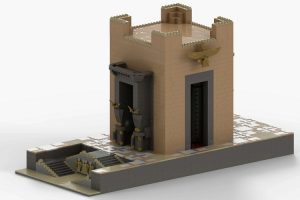Archaeologists’ speculation in a rock shelter in Fars province led to the discovery of the site of the Paleolithic and Neolithic periods without pottery.
According to ISNA, Pir Ghooch rock shelter is located in Arsanjan city in Fars province. Japanese archaeologists identified and coded this area for the first time in 2006. The Fars Province Cultural Heritage Organization and Mohammad Hassan Paknejad registered it as a national monument with the number 17260. According to archaeologists, unauthorized diggers attacked this area in 1400.
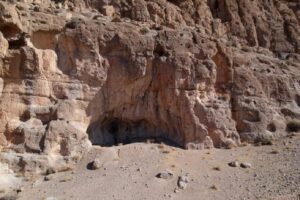
Now, the emergency speculation of this shelter has been done to understand better the sequence of cultural layers and how the human communities living in the Fars region lived during the end of the Paleolithic period and the beginning of the Neolithic period. Exploration in this area began on the 5th of Bahman 1402. After the stratification, the archaeologists obtained 29 cultural textures with a thickness of 5 meters, which represented layers of the Paleolithic and Neolithic periods without pottery.
Hassan Afshari, the head of the stratigraphic exploration of the Pir Ghooch rock shelter (Qasr-Jamal) – said: For this reason, with the support of the research institute, the Ilamology foundation and the management team of the world Heritage site of Persepolis carried out an emergency excavation in this area to better understand the continuity of cultural layers and how human societies lived in Fars region during the late Paleolithic and early Neolithic period.

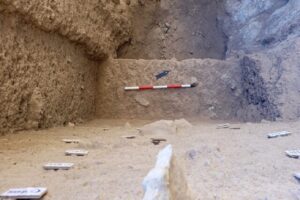
This archaeologist added: The surface findings in this area indicate the existence of a settlement from the Paleolithic-neolithic period. This issue shows the importance of answering important questions such as how agricultural and food production started and also the first signs of animal husbandry in South Zagros and Fars province.
With the assumption that this area was a small and temporary hunting lodge, Afshari said that the samples of findings obtained from this area included a significant number of stone tools, animal bones, hammer, pounder, and some tools made of bones. Also, among the prominent features of this area and its findings, we can mention the knowledge of the transformation process of hand tools from the Paleolithic period to the Neolithic period, which will be published in several doctoral theses in the future after the final research.





